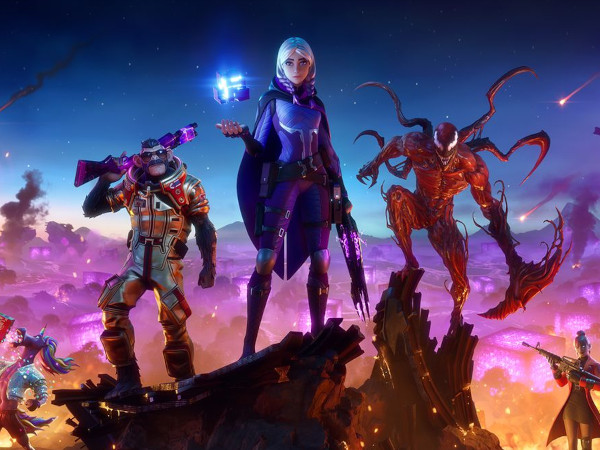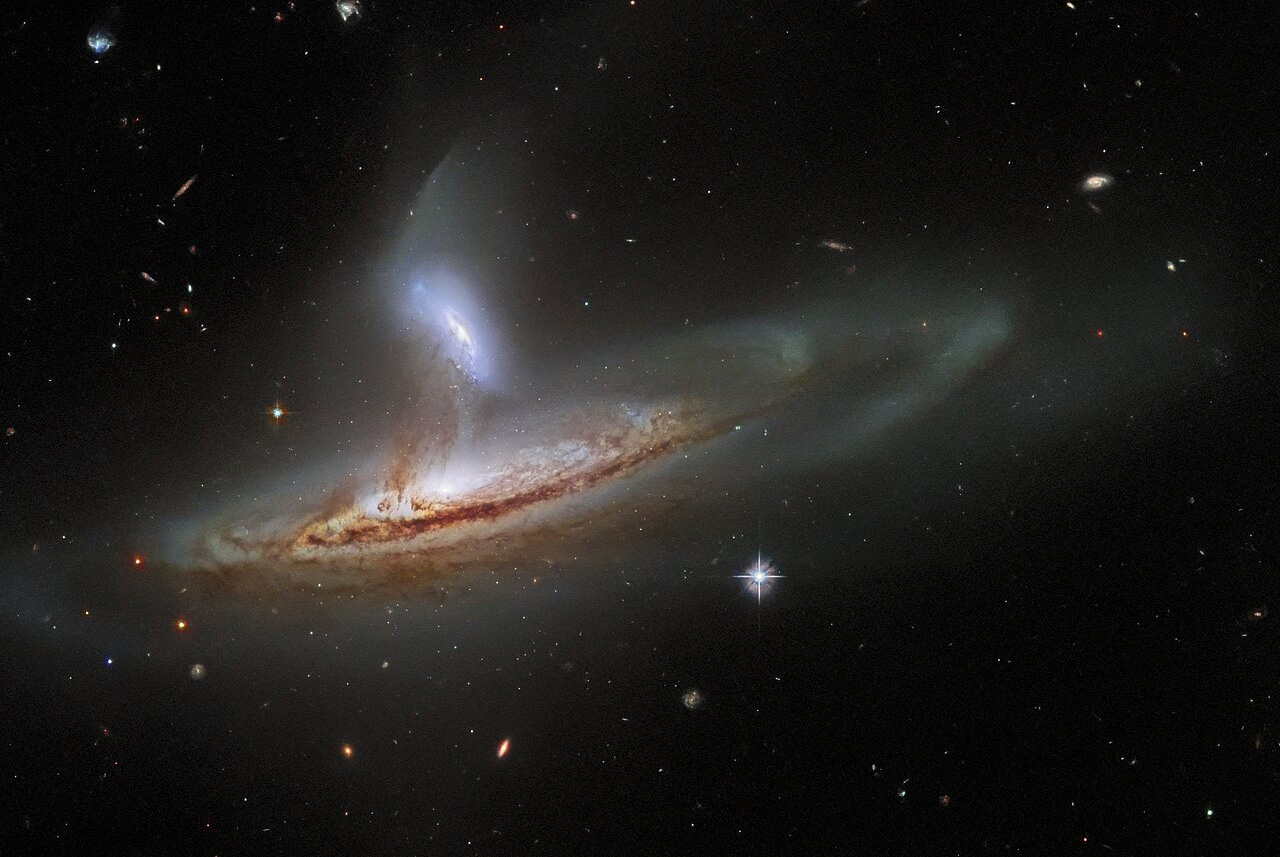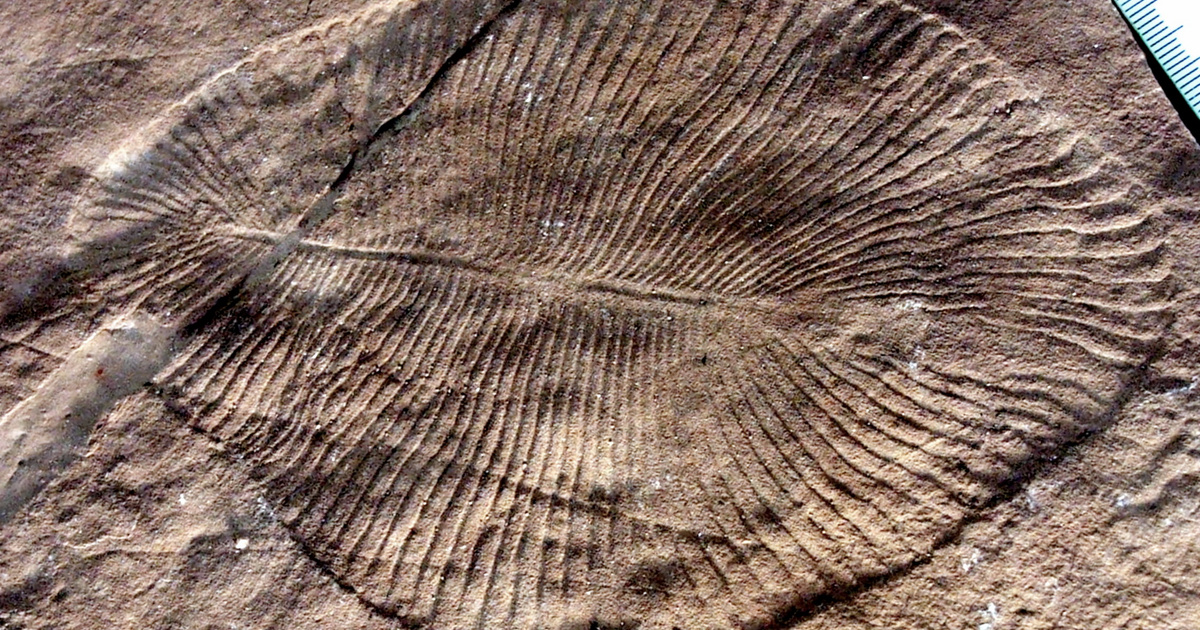Research published by scientists at the Australian National University on Wednesday found that large, soft-bodied animals belonging to the Ediacara group of organisms that lived between 600 and 540 million years ago ate bacteria and algae from the ocean floor.
By analyzing the fossils, scientists have found the molecular remains of the ancient animals’ diet. The study found that an ancient animal with a mouth organ called Kimberella, considered an ancestor of today’s molluscs, actually consumed food like modern animals. Another species belonging to the Dickinsonia group, which is about one and a half meters long, consumes its food by moving along the ocean floor and passing through its body.
The two species lived 20 million years before the Cambrian Explosion, an event that changed the course of evolution and led to the formation of modern animals.
Ilya Bobrovsky, lead author of the study, emphasized that according to the research, the alien creatures living in the Ediacara group of organisms, such as Dickinsonia and Kimberella, which were more advanced than them, already had similar physical characteristics to modern animals and humans.
The researcher emphasized: The remains of living organisms in Idiacara are the oldest fossils that can be seen with the naked eye, and may be the evolutionary ancestors of all animals.
These beings are our deepest visible roots
He said.
In Russia, Bobrovsky discovered the fossils of Kimberla and Dickinsonia in 2018, in the Arctic Ocean in the northern Russian interior, on the coast of the White Sea.
Research on the same topic recently published by the University of Cambridge shows that the first terrestrial animals led a lifestyle very similar to the organisms that currently live under the floating ice sheets in Antarctica. At near-freezing temperatures, the habitat, which lacks light and nutrients, is very similar to an earlier era on Earth, and even to Jupiter’s moon. Europe Also for conditions under the ice sheet, MTI reports.











































